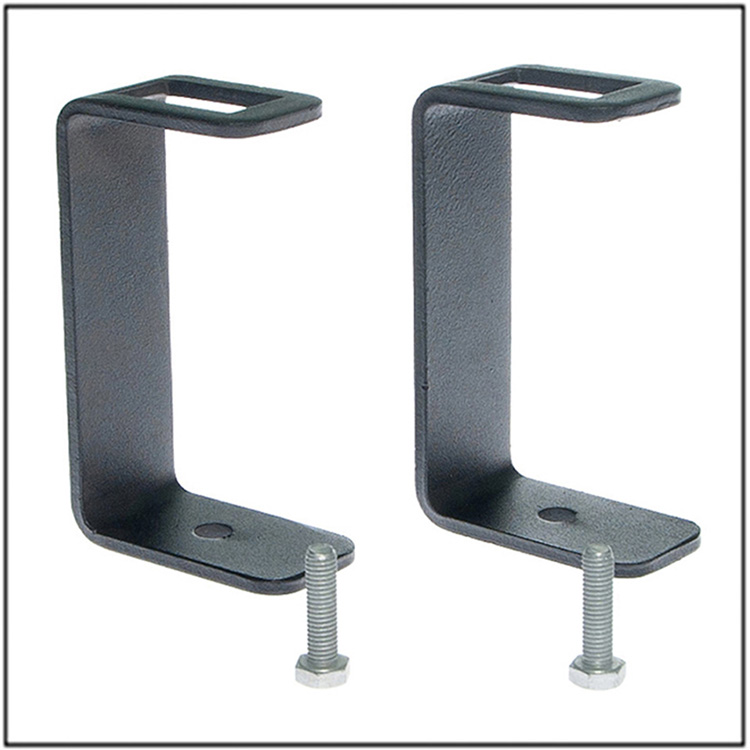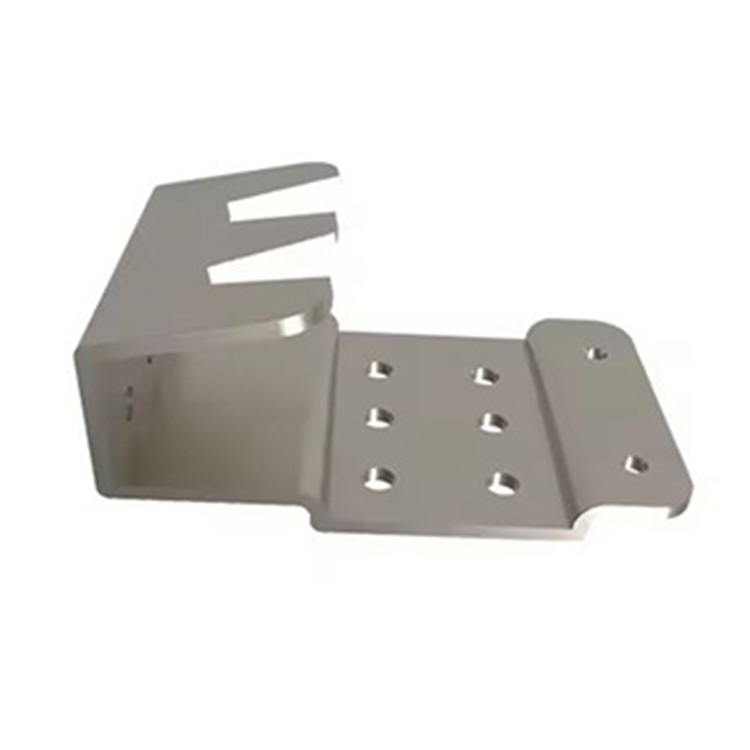
What Are The Cross-sectional Characteristics of Metal Stamping Parts
In normal stamping processing, the cross-section of metal stamping parts has four distinct characteristic areas: rounded corner zone, bright zone, fracture zone, and burrs. The four characteristic areas of falling parts and punching machines.
1.Rounded corners. Rounded corners, also known as collapse corners, are caused by the bending and stretching of the material surface of the steel plate near the upper or lower mold but not in contact with the stamping die.
2.Bright band. The bright band is caused by the upper mold cutting into the steel plate and the material being squeezed into the lower mold, resulting in plastic shear deformation. The bright band is the area with the best cross-sectional quality of metal stamping parts, with a smooth and even surface that is perpendicular to the plane of the steel plate. Precision stamping is generally the pursuit of bright strips.
3.Fracture zone. The surface of the fracture zone is relatively rough and has a tilt of about 5 degrees, which is caused by the propagation of cracks formed during stamping.
4.Burr. The burrs are closely attached to the edge of the fracture zone, and the location of the crack is not directly facing the cutting edge of the mold, but on the side close to the cutting edge of the stamping mold. When the metal stamping part is pushed out of the mold by the lower mold, it will be aggravated.
A good cross-section of metal stamping parts should first control burrs and minimize them, followed by pursuing bright bands. For many precision required metal stamping parts, customers may ask about the proportion of bright bands in the entire cross-section, which is the scope of precision stamping.









